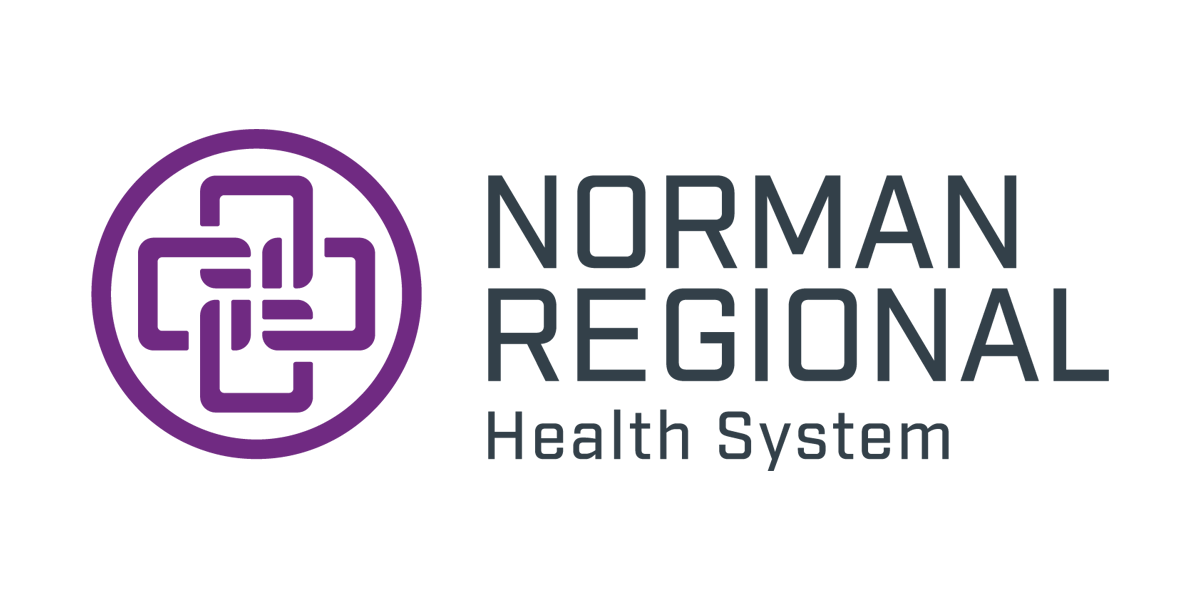
Friday, April 22, 2022
By Amanda Sadler, MD, functional sports medicine physician with Norman Regional’s NMOTION clinic.
Differences between sprains and strains
Some of the most common sports injuries are strains and sprains. These can be either acute/traumatic or chronic/overuse injuries. So what’s the difference between a sprain and a strain?
- A sprain is a tear of a ligament (the connective tissue connects bone to bone or cartilage. The most common site is the ankle.
- A strain is damage, over stretching, or a tear to the actual muscle or tendon (the connective tissue that attaches a muscle to bone.) Common locations are the hamstrings, groin, quads and back.
Both sprains and strains can present with swelling, pain around the affected joint/muscle, weakness and limited flexibility. The main difference is that sprains may have spasms of the affected muscle whereas a sprain could have bruising. They are classified on a similar scale as
- Grade I (Mild): Slight stretching and few tears to ligament/tendon/muscle
- Grade II (Moderate): Partial tear, laxity of joint or some weakness with contraction
- Grade III (Severe): Complete tear, instability of joint or extreme weakness with contraction
Sprain and strain treatment
At home treatment consists of PRICE = Protection, Rest, Ice, Compression, and Elevation.
- Protection: Remember, this is to prevent further injury. This may consist of crutches, sling, splint, or a brace.
- Rest: Remember this is relative rest, not complete rest. Rest should promote healing but not be so restrictive that healing and recovery are compromised. Gentle, pain-free range of motion and basic isometric contraction have been shown to speed recovery.
- Ice: This is currently up for debate, as ice can act as an analgesic (reduce pain) and help get the damaged area moving again. But, it can also constrict blood flow to the injury and decreases inflammation which could ultimately delay healing. If you choose to use ice, use cold packs for 20 minutes at a time, several times a day.
- Compression: Remember, we want medium compression, not too restrictive! It should not cause numbness, tingling, or color changes.
- Elevation: Remember, affected area needs to be positioned above the level of the heart. So sitting in a recliner with the leg stretched straight out in front of you for an ankle sprain doesn’t count! Pillows can be helpful and comfortable.
While mild, grade I, sprains and strains can be managed with treatment at home, moderate and severe injuries should be evaluated by an orthopedic specialist. Evaluation may include X-rays or advanced imaging to rule out any fractures and treatment may require physical therapy, injections and/or surgery. You should see a provider for any difficulty with weight bearing, limited range of motion, or any numbness/tingling around a joint or any symptoms lasting more than two weeks.
Take care, train safe, and if in doubt, see a specialist.
If you are interested in scheduling a visit with Dr. Sadler, call 405-515-4040.


